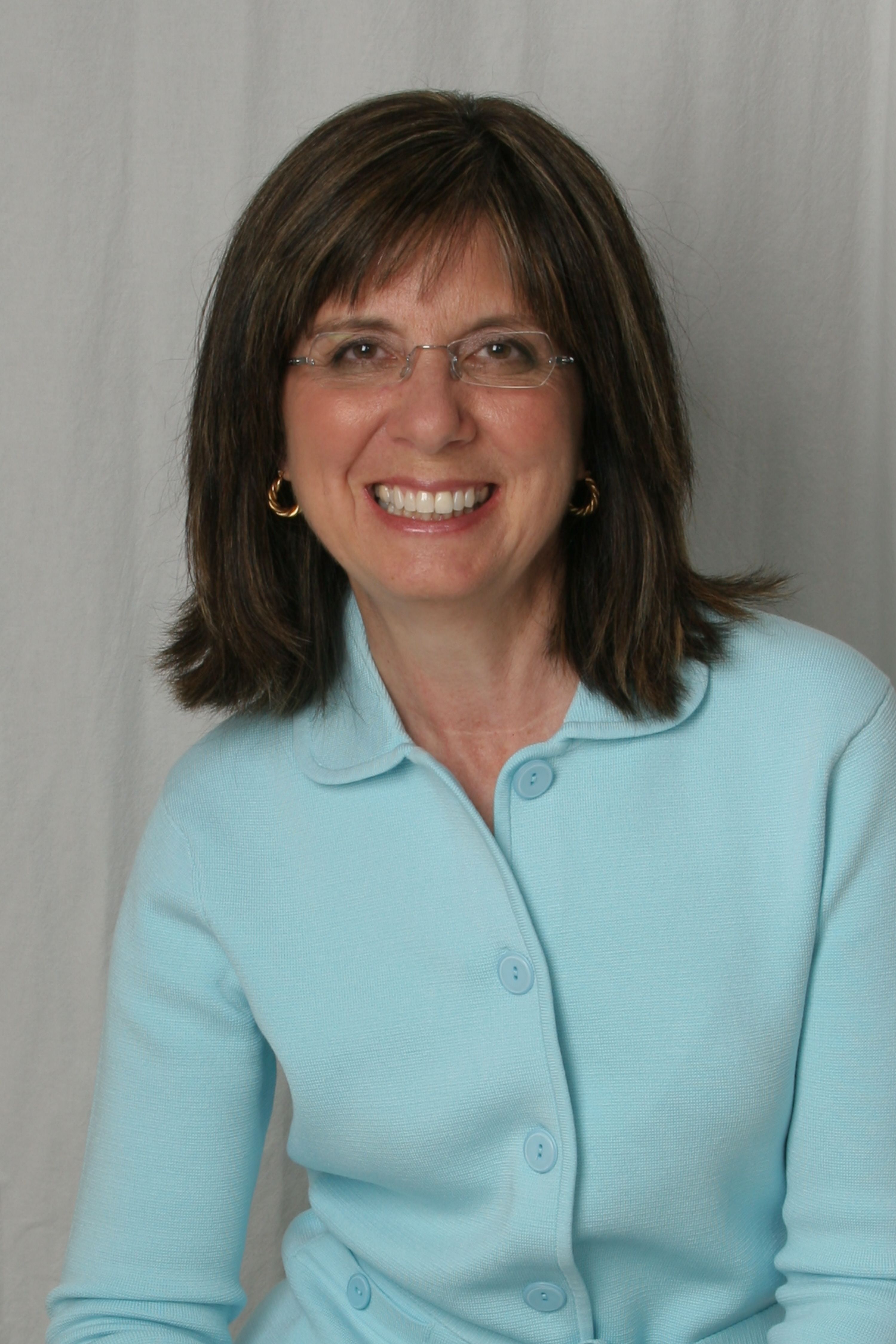Improving diabetes management: 4 success strategies
Building on decades of effort to advance diabetes care, HealthPartners of Minnesota, continues to refine its management strategies to meet the individual patient's needs.
Building on decades of effort to advance diabetes care, HealthPartners of Minnesota, a consumer-governed healthcare organization with 1.5 million-plus medical and dental members, continues to refine its management strategies to meet the individual patient's needs.
Read: Plans, providers say telemedicine improves diabetes management
Here are four ways it has experienced success:
1. Funding and developing clinical decision support.
HealthPartners' multispecialty group practice has more than 1,700 physicians; and its regional network includes about seven hospitals, 27 primary-care clinics, 15 urgent-care centers and 15 pharmacies.
Over the past decade or so, the large healthcare organization has poured $20 million in federal funding into developing-and expanding-Diabetes Wizard, its own clinical decision support tool. The tool, launched in 2011, leverages electronic health records (EHRs) to help physicians tailor treatment plans at point-of-care, and gives printed materials to patients, reinforcing positive behaviors and suggesting areas to focus on.
Read: Top trends in diabetes management

Sperl-Hillen"It really touches the entire diabetes population," JoAnn Sperl-Hillen, MD, a senior investigator at HealthPartners Institute for Education and Research (IER) and co-director of the IER’s Center for Chronic Care Innovation, says of the strategy. "We have in the [HealthPartners] medical group itself over 10,000 people with diabetes. ...Because we're seeing controlled use of the intervention, probably in around 60% of our encounters, these tools are being printed for patients ... and our provider satisfaction is around 95%."
The intervention, she says, is touching about 800,000 patients at 50 clinics, including HealthPartners' own clinics and 20-some Altru contracted clinics in North Dakota and northern Minnesota.
2. Buildingon longstanding teamwork between physicians and diabetes educators to promote routine education and facilitate better decision-making by patients at home.
Nearly 30% of HealthPartners' patients with diabetes have seen a diabetes educator in the past year, says Sperl-Hillen. HealthPartners' diabetes educators have worked in its clinics since 1987, she says, and they know patients personally.
In addition to educating patients, "They help with insulin and treatment adjustments [and] have worked in teams with our providers for many, many years," she says.
Next: Two more effective strategies
3. Performing its own research to ascertain the effectiveness of various strategies.
HealthPartners has about 300 studies ongoing at any given time. In 2012, its researchers concluded that an EHR-based clinical decision support system has potential to improve quality of care for chronically ill adults without substantially increasing healthcare system costs.
Work is ongoing in the face of challenges. Less than half of patients with diabetes reach all evidence-based goals for blood sugar, cholesterol and blood pressure despite recent improvement trends, HealthPartners notes. And managing diabetes to avoid complications such as amputations, heart attacks and blindness is complex-and often done in the primary-care setting-where clinicians typically have scant time to spend per patient visit.
4. Ensuring patients have necessary skills

Maggie PowersAt the center of HealthPartners' efforts is supporting patients' own ability to manage their chronic illness. “We believe, and we have research that shows, that diabetes self-management makes a difference,” says Maggie Powers, PhD, a research scientist at Park Nicollet International Diabetes Center. HealthPartners and Park Nicollet Health Services, a nonprofit integrated health system, combined their organizations in 2013.
Powers, a registered dietitian and certified diabetes educator, notes people with diabetes must make daily decisions about medications and food intake, take blood glucose measurements, and so on-and the self-management strategy aims to help facilitate better decision-making by them. "We help the person look at their life, their behaviors," she says. "We're not [using] tear-off diet sheets or checking off a list. ...It's personalized. It's individualized. It's adaptive interventions to go with the individual."
"We know that diabetes requires 99% self-management, but we have not clearly defined when education should be provided," Powers adds. "Everyone needs to be exposed to the core content."
Despite the strategy's proven effectiveness, only about 7% of Americans with private insurance-and 4% of Medicare patients-receive diabetes self-management education and support within 12 months of diagnosis, says Powers, president-elect of healthcare and education for the American Diabetes Association (ADA). Her term begins in January 2016.
To emphasize the need for diabetes self-management, Powers co-authored a joint ADA position statement released in July. It highlights four critical times for education: upon diagnosis; during a patient's annual physician visit; when complicating factors influence self-management; and when transitions in care occur, such as shifting from inpatient to outpatient or when a spouse dies, leaving the patient alone.
Doing More and Saving More with Primary in Home Care
September 1st 2021In this week’s episode of Tuning In to the C-Suite podcast, MHE Associate Editor Briana Contreras interviewed VillageMD’s Senior Medical Director of Village Medical at Home, Dr. Tom Cornwell. Dr. Cornwell discussed the main benefits of primary care at home, which includes the benefit of cost savings for patients, maintaining control of hospital readmissions and others. Dr. Cornwell also noted what has changed in the industry of at-home care and if there has been interest from payers like insurance companies and medicare in the service.
Listen
This week on Tuning Into The C-Suite Briana Contreras spoke with Dr. Scott Hayworth, president and CEO of New York-based CareMount Medical. In this interview, the two discussed the importance of patients staying in contact with their doctors for the sake of reducing public health risks and to discuss ongoing care options with them.
Listen